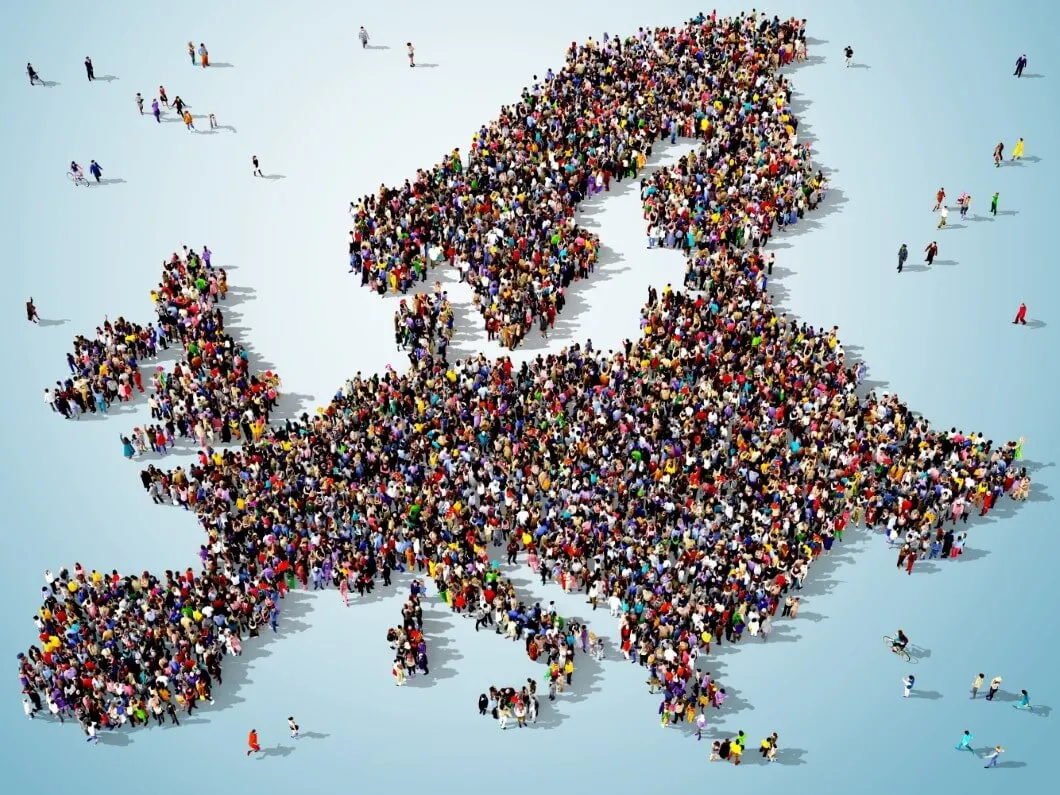
With 359 million vaccine doses administered against coronavirus, the countries of the European Union are getting ready to restart tourism with the implementation of the so-called “COVID passport”. However, the recovery could take at least two more years, according to international organizations.
After a year and a half battling against the pandemic and more than 10 new strains detected, the member countries are promoting an economic restart after so many losses caused by the massive drop in international visits. The EU is preparing to welcome thousands of visitors from all over the world that have been fully vaccinated or tested negative for the virus.
The "EU Covid Digital Certificate" has been in effect in the European Union since July 1, 2021. The certificate is intended to exempt travelers from restrictions such as a quarantine obligation. The certificate can document the vaccination, recovery and test status.
Amid an unequal vaccination distribution worldwide, with countries that surpass 50 million doses administered while others report less than 10,000, and protection rates ranging between 1 and 60%, the governments agreed to establish a certificate to face the discouraging forecasts of an economic recovery for tourism, as visits aren’t expected to reach pre-pandemic levels until 2023 or even later, depending on how the SARS-CoV-2 pandemic is handled, which has already caused 4 million deaths around the world.
While some governments advocate for the reopening of borders and flights in order to restart tourism, some remain cautious as the COVID-19 Delta variant advances, one of the four considered of concern and already reported in 96 countries, putting Portugal, France and Spain in alarm. Some have already reinforced or implemented health measures taken before in order to stop potential outbreaks, while nations such as Great Britain (which until before the pandemic was part of the EU) and Russia report surges of new infections, deaths and hospitalizations due to this variant of the coronavirus.
In this new wave, the great powers again have an advantage over the developing nations for being the most advanced in vaccination. An example of this are France and Germany, reporting between 53 million and 73 million vaccines administered, but eager to reach or surpass the 211 million and 38 million visitors they welcomed in 2019, the year in which the virus appeared.
Beyond destinations, how well the pandemic is controlled will become the greatest tourist attraction, given that travel restrictions will continue, including mandatory quarantines, especially if the travelers come from countries at risk. According to the report of the United Nations Conference on Trade and Development (UNCTAD), developing countries will continue to be seriously affected since the lack of vaccines “drives tourists away.”

According to the EU, each member may apply an “emergency brake”, which will allow it to impose temporary restrictions on travelers.
However, the World Tourism Organization (UNWTO) reported that there will be a 75% reduction in visits, which is the worst scenario possible since it is based on the forecasts on the fight against SARS-CoV-2 and the economic situation. This year, the losses could amount to 2.4 trillion dollars due to factors such as unemployment and economic relief.
While anything could happen, a more optimistic scenario estimates arrivals similar to those of 2020, which represents 74% less than before the pandemic or slightly lower, that is, only 63%, and will depend on the progress of vaccination campaigns in the coming weeks.
In a different statement, the United Nations (UN) admitted that the domino effect of the economic decline will continue, since some regions expect to be heavily affected as they restart tourism. For example, the impact in Latin America, where only a single country reports more than 50 million doses administered, will remain as in 2020.
While the Delta variant continues to spread worldwide, the World Health Organization (WHO) warned of a rise of 2.6 million new cases in just one week.
This surge, driven by the strain originating in India, represents a 2% increase compared to the previous week, after two months reporting decreases in infections.
Among the most affected by this new wave are three Latin American countries: Brazil, Colombia and Argentina. Meanwhile, in Europe, the largest outbreaks are reported in Great Britain, Portugal and Russia, the latter is currently the fourth in the world with the most cases.
The newest data is keeping countries from lifting restrictions, particularly for traveling abroad, which could open the door to the virus “if there is no proper planning”; however, the EU insists that it has a plan B in case of danger.









